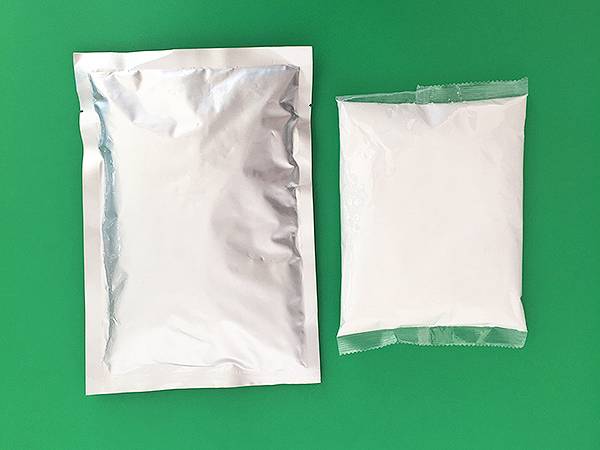



Properties and Applications of Anionic Polyacrylamides in Various Industrial Processes
The Role and Applications of Anionic Polyacrylamides in Modern Industries
Anionic polyacrylamides (APAMs) are water-soluble polymers known for their high molecular weight and anionic nature. These compounds have gained significant attention in various industrial sectors due to their unique properties, such as flocculation, viscosity modification, and stabilization of colloidal systems. This article delves into the characteristics of anionic polyacrylamides, their synthesis, and their extensive applications, particularly in water treatment, agriculture, and the oil industry.
Synthesis of Anionic Polyacrylamides
Anionic polyacrylamides are typically synthesized through the polymerization of acrylamide with the introduction of anionic functional groups. The most common method is free-radical polymerization, where a suitable initiator creates free radicals that react with acrylamide monomers. By incorporating anionic comonomers like acrylic acid or sodium acrylate, the resulting polymer solution exhibits anionic properties. The degree of anionicity can be controlled during synthesis, allowing manufacturers to tailor the polymer for specific applications.
Key Properties of APAMs
The properties of anionic polyacrylamides are largely dictated by their molecular weight and the degree of anionicity. Higher molecular weight polymers possess enhanced flocculating abilities, while the anionic nature helps in the interaction with positively charged particles in suspension. This characteristic is crucial in promoting the aggregation of suspended solids, facilitating their removal from liquids during processes such as wastewater treatment.
APAMs also exhibit non-Newtonian behavior, meaning that their viscosity is dependent on shear rates. Under low shear conditions, they can significantly increase the viscosity of solutions, which makes them effective additives in various formulations. This unique rheological property is particularly beneficial in applications requiring fluid stability and control.
Applications in Water Treatment
One of the primary applications of anionic polyacrylamides is in water treatment processes. They are extensively used as flocculants for the removal of suspended solids and colloids from water. When added to wastewater, APAMs promote the agglomeration of fine particles, facilitating their settling and removal. This process is critical in municipal wastewater treatment plants and industrial effluent management.
anionic polyacrylamides

In addition to flocculation, anionic polyacrylamides help in enhancing the efficiency of various filtration processes, including membrane filtration systems. They can prevent fouling and scaling, thus prolonging the lifespan and efficiency of membranes used in reverse osmosis and ultrafiltration systems.
Role in Agriculture
Anionic polyacrylamides have also found substantial applications in agriculture, particularly for soil erosion control and water retention. When applied to soil, APAMs can improve soil structure, enhance moisture retention, and reduce erosion caused by wind and water. This property makes them invaluable in arid and semi-arid regions, where they contribute to sustainable agricultural practices.
Moreover, the use of APAMs in irrigation helps in reducing water runoff and increasing the infiltration rates of water into the soil. This leads to improved crop yield and ensures more efficient use of water resources, which is increasingly crucial in the face of global water shortages.
Impact on the Oil Industry
In the oil and gas industry, anionic polyacrylamides play a critical role in enhanced oil recovery (EOR) processes. Their ability to increase the viscosity of water leads to improved mobility control in reservoirs, allowing for enhanced displacement of crude oil. This property is particularly advantageous in the injection of water into oil fields, assisting in the more efficient extraction of hydrocarbons from subterranean formations.
Conclusion
Anionic polyacrylamides have emerged as versatile materials with widespread applications across various industries. From water treatment and agriculture to oil recovery, their unique properties enable significant advancements in efficiency and sustainability. As research continues to unveil further potentials and optimize their use, anionic polyacrylamides will undoubtedly remain an integral component in modern industrial processes. This underscores their importance in addressing the contemporary challenges of resource management and environmental protection.
-
Why Sodium Persulfate Is Everywhere NowNewsJul.07,2025
-
Why Polyacrylamide Is in High DemandNewsJul.07,2025
-
Understanding Paint Chemicals and Their ApplicationsNewsJul.07,2025
-
Smart Use Of Mining ChemicalsNewsJul.07,2025
-
Practical Uses of Potassium MonopersulfateNewsJul.07,2025
-
Agrochemicals In Real FarmingNewsJul.07,2025
-
Sodium Chlorite Hot UsesNewsJul.01,2025










